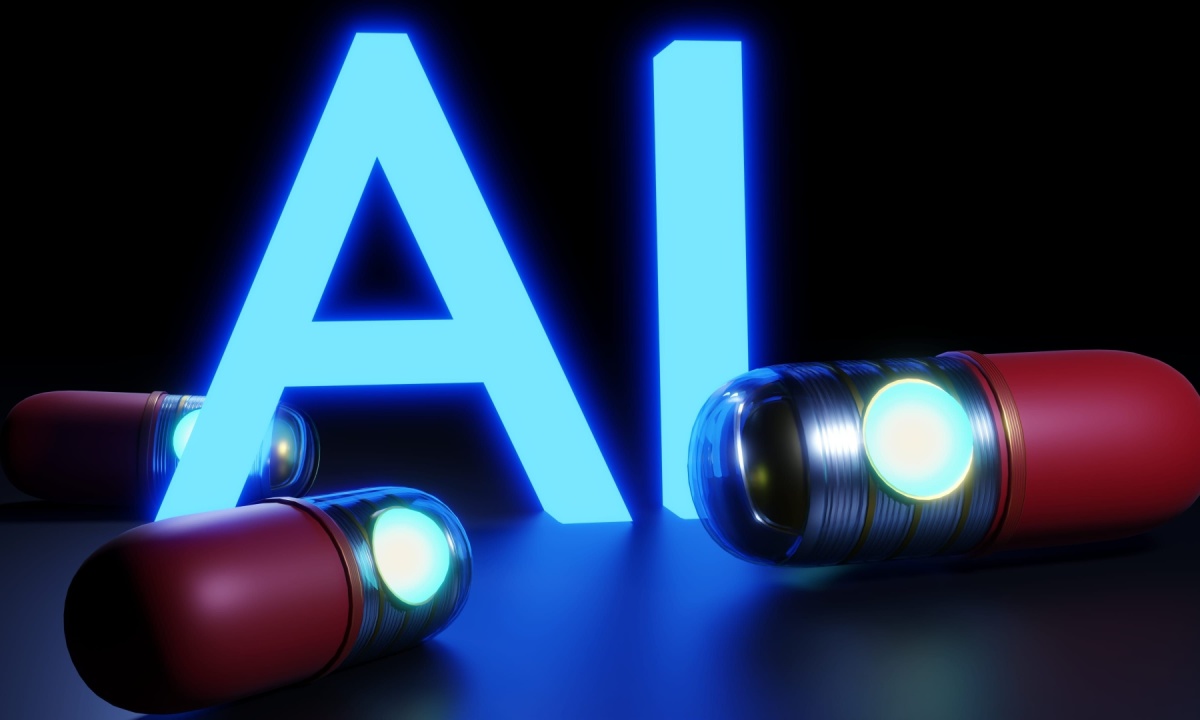MIT researchers used generative artificial intelligence (AI) to create molecules that didn’t exist before to develop promising antibiotics candidates for MRSA, a superbug that has killed millions.
MRSA, or Methicillin-resistant Staphylococcus aureus, is caused by a staph bacteria that has become resistant to most antibiotics, according to the Centers for Disease Control. Harvard Medical School found that “MRSA proves to be especially adept at evading the grasp of antibiotics, becoming a truly dangerous superbug.”
Common places to contract MRSA are hospitals, long-term care facilities and communities, according to the National Institutes of Health (NIH).
Traditional methods to discover new antibiotics means scientists look through existing chemical databases of molecules that have been found in nature or synthetically built compounds, then test them against bacteria.
But those resources are mostly variations of known molecules, which makes it harder to discover new classes of drugs, according to the MIT researchers’ paper, which was published in the journal Cell.
The MIT team used gen AI to imagine completely new chemical structures that have never been created before. The AI models they used learned patterns from millions of known molecules, then remixed them.
“We used generative AI to create antibiotics that didn’t yet exist to come up with molecules can act in novel ways and therefore can overcome existing resistance mechanisms,” MIT professor James Collins, senior author of the study, told PYMNTS.
According to PYMNTS Intelligence data, the gen AI market in healthcare is expected to reach $22 billion by 2032 as the healthcare industry taps into AI’s potential.
Reinventing Drug Discovery
AI is reinventing drug discovery. According to the NIH, one of the main challenges in drug discovery is the “vast chemical space” that must be explored to identify potential drug candidates.
“Traditional methods for screening large compound libraries are labor-intensive, time-consuming, and often result in a limited number of hits,” the NIH said in a report. “AI-driven virtual screening approaches leverage machine learning algorithms that can rapidly sift through vast datasets of chemical compounds as well as predict their biological activity against specific drug targets.”
Using AI can shorten the time it takes from identifying promising drugs to market release, which typically takes 15 years, according to the NIH.
At MIT, researchers used AI to sift through more than 29 million molecules to narrow it down to 22 that were most likely to work and also can be realistically synthesized. Six of them showed promise, and one candidate, DN1, was especially effective in clearing MRSA from mice.
MIT researchers used the same procedure to find promising antibiotics to fight multidrug-resistant Neisseria gonorrhoeae, the bacteria that leads to gonorrhea, a common sexually transmitted infection. Out of 45 million in the database, the team used AI to narrow it down to two that could be synthesized. Only one was effective: NG1.
The authors noted that gen AI lets scientists tap vast molecular possibilities that may yield new drug classes. With antibiotic resistance causing nearly five million deaths annually worldwide, the team wrote, the approach may help revive a field long neglected by large pharmaceutical companies. They said that between 1980 and 2003, only five antibacterial agents were developed by the top 15 drugmakers.
The team is part of MIT’s Antibiotics-AI Project that was created to fill in the gap left by big pharmaceutical companies. Their partner in this study, the nonprofit Phare Bio, is further modifying DN1 and NG1 to ready them for further testing. Phare Bio is also part of MIT’s antibiotics program.
Asked when these antibiotics will be ready for the public, Collins said: “We expect it will be several years before AI-designed molecules are approved for public use. We are working with a non-profit, Phare Bio, to optimize and advance the most promising molecules to the clinic.”
Read more:
Can AI Cure Cancer? Experts Say the Answer Is Complicated
Stanford AI Agents’ Lab Finds Promising COVID-19 Drug Leads in Days
SandboxAQ Launches Dataset for Training AI Models in Drug Discovery
